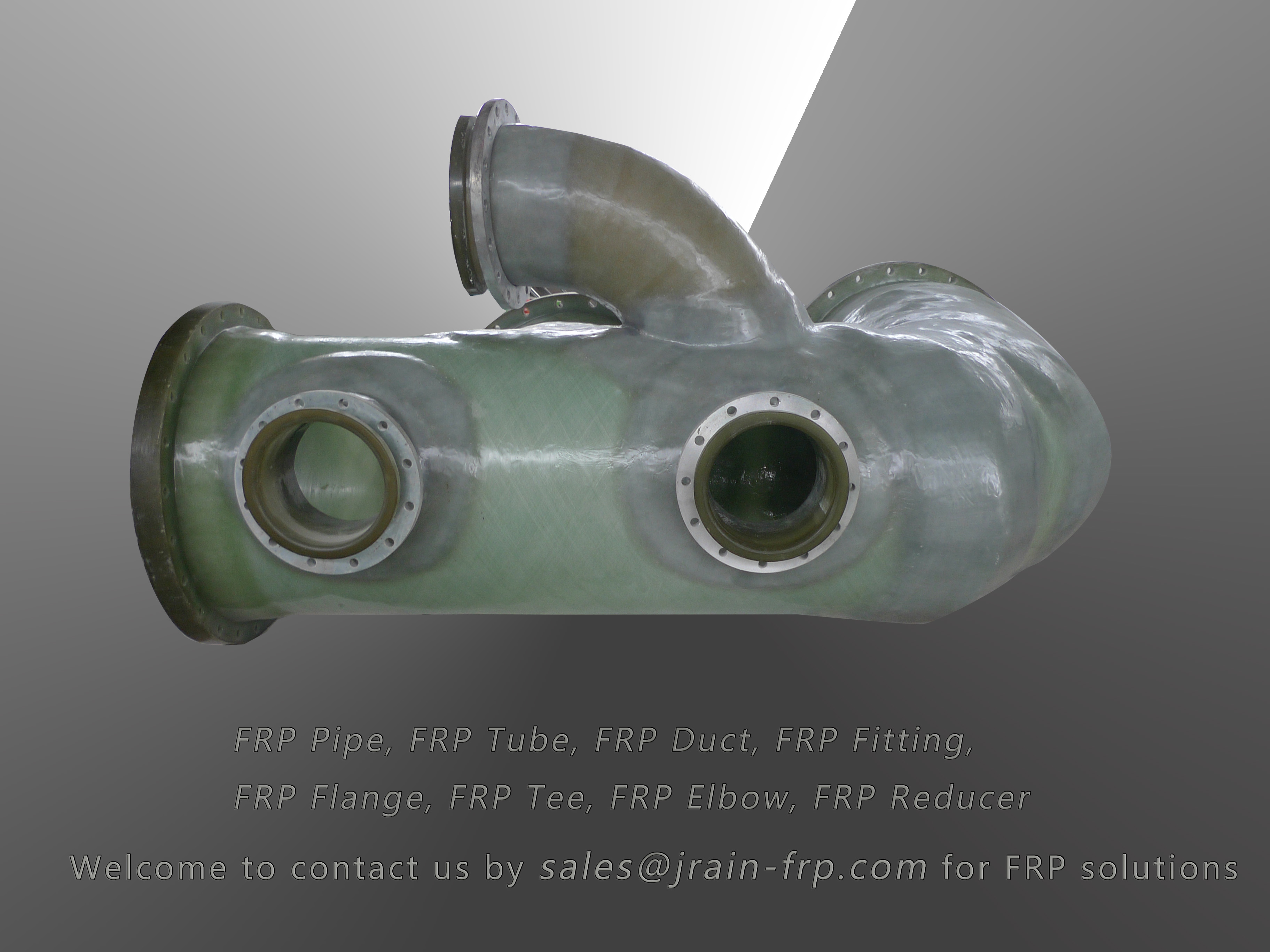
-
 Afrikaans
Afrikaans -
 Albanian
Albanian -
 Amharic
Amharic -
 Arabic
Arabic -
 Armenian
Armenian -
 Azerbaijani
Azerbaijani -
 Basque
Basque -
 Belarusian
Belarusian -
 Bengali
Bengali -
 Bosnian
Bosnian -
 Bulgarian
Bulgarian -
 Catalan
Catalan -
 Cebuano
Cebuano -
 China
China -
 China (Taiwan)
China (Taiwan) -
 Corsican
Corsican -
 Croatian
Croatian -
 Czech
Czech -
 Danish
Danish -
 Dutch
Dutch -
 English
English -
 Esperanto
Esperanto -
 Estonian
Estonian -
 Finnish
Finnish -
 French
French -
 Frisian
Frisian -
 Galician
Galician -
 Georgian
Georgian -
 German
German -
 Greek
Greek -
 Gujarati
Gujarati -
 Haitian Creole
Haitian Creole -
 hausa
hausa -
 hawaiian
hawaiian -
 Hebrew
Hebrew -
 Hindi
Hindi -
 Miao
Miao -
 Hungarian
Hungarian -
 Icelandic
Icelandic -
 igbo
igbo -
 Indonesian
Indonesian -
 irish
irish -
 Italian
Italian -
 Japanese
Japanese -
 Javanese
Javanese -
 Kannada
Kannada -
 kazakh
kazakh -
 Khmer
Khmer -
 Rwandese
Rwandese -
 Korean
Korean -
 Kurdish
Kurdish -
 Kyrgyz
Kyrgyz -
 Lao
Lao -
 Latin
Latin -
 Latvian
Latvian -
 Lithuanian
Lithuanian -
 Luxembourgish
Luxembourgish -
 Macedonian
Macedonian -
 Malgashi
Malgashi -
 Malay
Malay -
 Malayalam
Malayalam -
 Maltese
Maltese -
 Maori
Maori -
 Marathi
Marathi -
 Mongolian
Mongolian -
 Myanmar
Myanmar -
 Nepali
Nepali -
 Norwegian
Norwegian -
 Norwegian
Norwegian -
 Occitan
Occitan -
 Pashto
Pashto -
 Persian
Persian -
 Polish
Polish -
 Portuguese
Portuguese -
 Punjabi
Punjabi -
 Romanian
Romanian -
 Russian
Russian -
 Samoan
Samoan -
 Scottish Gaelic
Scottish Gaelic -
 Serbian
Serbian -
 Sesotho
Sesotho -
 Shona
Shona -
 Sindhi
Sindhi -
 Sinhala
Sinhala -
 Slovak
Slovak -
 Slovenian
Slovenian -
 Somali
Somali -
 Spanish
Spanish -
 Sundanese
Sundanese -
 Swahili
Swahili -
 Swedish
Swedish -
 Tagalog
Tagalog -
 Tajik
Tajik -
 Tamil
Tamil -
 Tatar
Tatar -
 Telugu
Telugu -
 Thai
Thai -
 Turkish
Turkish -
 Turkmen
Turkmen -
 Ukrainian
Ukrainian -
 Urdu
Urdu -
 Uighur
Uighur -
 Uzbek
Uzbek -
 Vietnamese
Vietnamese -
 Welsh
Welsh -
 Bantu
Bantu -
 Yiddish
Yiddish -
 Yoruba
Yoruba -
 Zulu
Zulu
Exploring the Benefits and Applications of Fiberglass in Modern Construction and Design
Understanding Fiberglass Stack Benefits and Applications
In the contemporary world, fiberglass has become a widely sought-after material, particularly famous for its strength, lightweight properties, and corrosion resistance. Among its diverse applications, the fiberglass stack, often utilized in industrial settings, stands out for its unique advantages. This article delves into the significance of fiberglass stacks, their benefits, and their various applications across different industries.
What is a Fiberglass Stack?
A fiberglass stack, or a fibreglass exhaust stack, typically refers to a vertical exhaust system used to remove gases and fumes from industrial processes. Made primarily from fiberglass-reinforced plastics (FRP), these stacks are designed to handle high temperatures and aggressive chemical environments while minimizing weight. Fiberglass stacks are commonly found in power plants, wastewater treatment facilities, and various industrial plants where it is vital to maintain air quality and reduce environmental pollution.
Advantages of Fiberglass Stacks
1. Corrosion Resistance One of the primary advantages of fiberglass stacks is their resistance to corrosion. Traditional materials, like steel, often succumb to rust and degradation when exposed to harsh chemical environments. Fiberglass stacks, on the other hand, can withstand corrosive gases and moisture without deteriorating, significantly prolonging their lifespan and reducing maintenance costs.
2. Lightweight The lightweight nature of fiberglass makes it a superior alternative to metal stacks. This feature simplifies installation processes, reduces structural load requirements, and lowers transportation costs. As industries strive to minimize their environmental impact, the use of lightweight materials becomes increasingly attractive.
3. High Strength-to-Weight Ratio Despite being lightweight, fiberglass stacks exhibit remarkable strength. They can handle high winds and seismic loads without compromising safety. The high strength-to-weight ratio allows for the design of taller stacks without needing extensive structural support.
4. Design Flexibility Fiberglass can be molded into various shapes and sizes, allowing engineers to tailor the design of stacks to meet specific operational needs. Whether it’s a standard cylindrical form or a custom configuration, fiberglass offers flexibility that many traditional materials cannot.
fiberglass stack

5. Thermal Insulation Fiberglass inherently possesses good thermal insulation properties, reducing heat loss. This characteristic is particularly important in applications where the internal temperature of the exhaust gases is critical.
Applications of Fiberglass Stacks
1. Power Generation Plants In power plants, especially those utilizing alternative energy like biomass or waste-to-energy technologies, fiberglass stacks are crucial for venting exhaust gases safely. Their ability to resist corrosion and handle high temperatures makes them ideal for this application.
2. Chemical Processing Facilities The chemical industry often deals with aggressive substances that can corrode metal structures. Fiberglass stacks are widely used to exhaust gases in processes that involve acids, solvents, and other hazardous materials, ensuring a safe working environment.
3. Wastewater Treatment Plants Wastewater treatment often involves biological and chemical processes that produce unpleasant and harmful gases. Fiberglass stacks help mitigate the release of these emissions, contributing to improved air quality around treatment facilities.
4. Industrial Manufacturing Various manufacturing processes produce detrimental fumes. Fiberglass stacks are instrumental in venting these emissions from production lines, ensuring compliance with environmental regulations while maintaining operational efficiency.
5. Marine Applications Given their anti-corrosive properties, fiberglass stacks are also employed in marine environments, where traditional materials would quickly fail due to saltwater exposure. These stacks help maintain air quality on vessels and offshore platforms.
Conclusion
In summary, fiberglass stacks offer a wealth of advantages that make them an essential component in many industrial applications. Their corrosion resistance, lightweight properties, and design flexibility cater to the needs of modern engineering and environmental compliance. As industries continue to innovate and prioritize sustainability, the role of fiberglass stacks is likely to expand, ensuring safer and cleaner operational environments. Whether in power generation, chemical processing, or wastewater treatment, fiberglass remains a cornerstone of effective and efficient industrial solutions.









